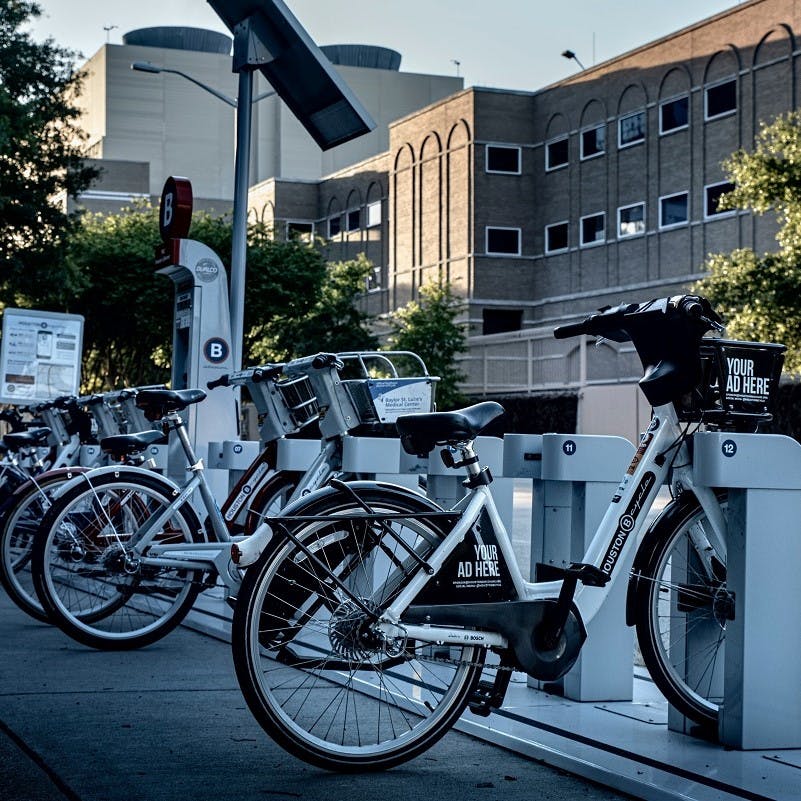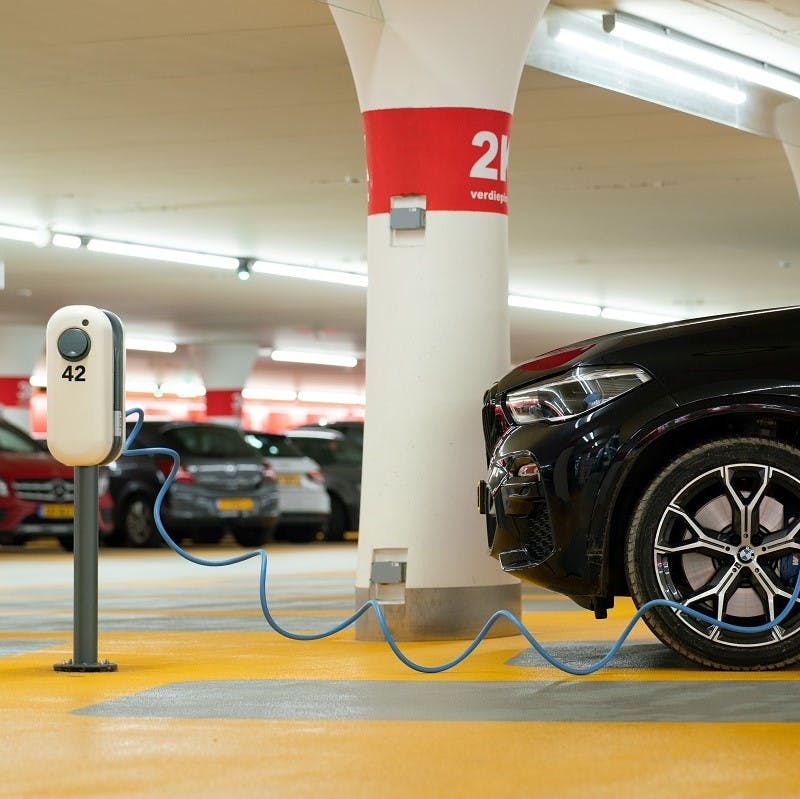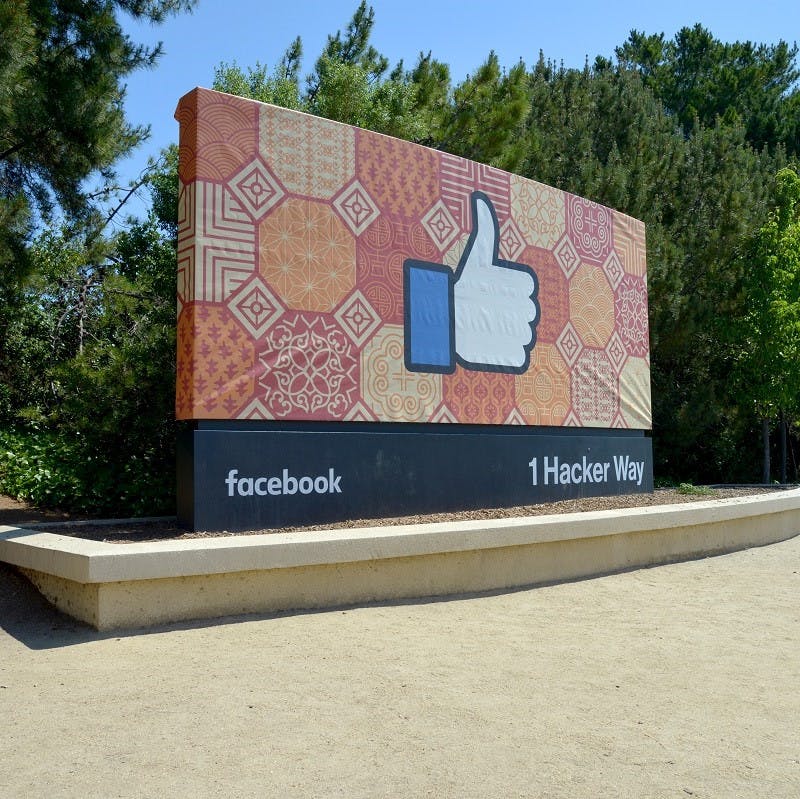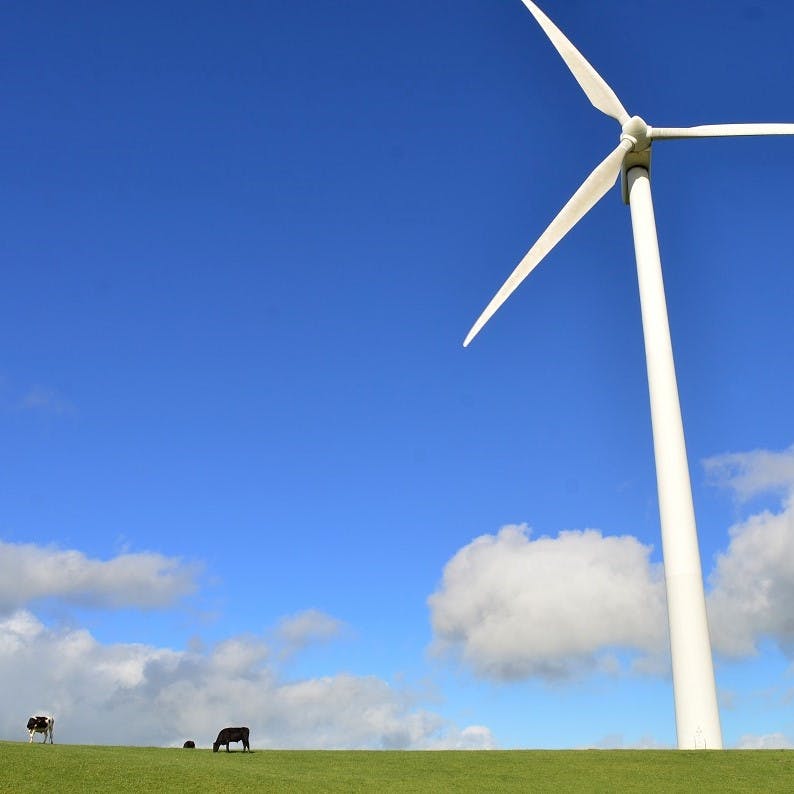- Why employees and businesses are choosing green employee perks
- Which green benefits are employees choosing?
- 1. Cycle to work schemes
- 2. Electric Vehicles (EVs) as company cars
- 3. Climate Perks - a low-carbon holiday travel perk
- 4. Partnerships with environmental organisations
- 5. Relocation subsidies
- 6. Working from home
- 7. Subsidies on Green Energy Suppliers
- Other carbon-reducing subsidies available as perks
Individuals are willing, more than ever, to address climate change. Even throughout the health and economic crisis of the pandemic, awareness of environmental issues heightened. In the workplace, employees are proactively putting climate-positive action on the agenda by requesting greener employee benefits. Here, we run through which are gaining traction and why.
Why employees and businesses are choosing green employee perks
The current climate of societal, environmental and political volatility is thrusting businesses into making defining decisions. Companies failing to make strides in sustainability and reducing their environmental impact are set to miss out in the marketplace. Data collected from the current and future workforce indicates 94% of Gen Zs and 80% of millennials feel businesses have the responsibility of tackling wider environmental and social issues. The eco-conscious trend is echoed by consumers: 90% of business leaders believe they will feel the pressure from consumers for their impact on the environment. These expectations, along with trends arising from the global pandemic, are altering which employee benefits will be most important in attracting and retaining employees.
The pandemic induced stress on all levels, businesses were forced to pile pressure on staff by shifting their work environment and demanding flexibility. It’s now their turn to set out their own path to recovery, and perspectives have changed - employees want benefits that help tackle the challenges of today. This means, high on the list is flexibility in working conditions; support for financial and mental wellbeing; access to work through technology; and participation in social and environmental initiatives. Companies must ensure they help employees recover if they want to avoid being washed out by the turnover ‘Tsunami’. It’s predicted 50% of workers in the US will quit their jobs in 2021, disengagement and burnout being some of the main contributing factors.
Environmental-based employee benefits can deliver the engagement that many companies struggle to provide on their own. By promoting involvement in environmental and sustainability programmes within businesses, the community, and society, employees are more likely to feel aligned and loyal to their organisation and its values.
Businesses stand to benefit too. Not only from securing top talent and engaging its workforce, but also from improved alignment to CSR policies and attracting capital investment. 25% of the total assets under professional management in the US are in sustainable, responsible, and/or impact investments and it's set to increase.

Studies show as many as half of workers intend to look for a new job this year.
SHRM
Which green benefits are employees choosing?
1. Cycle to work schemes
In the drive to push down fuel-related emissions several trend-setting schemes are nudging employees towards greener commuting behaviours. That's not to say employees aren't on board. Improved health, a lower carbon footprint and discounted vehicles are a few of the incentives on offer for adopting sustainable travel perks.
Cyclescheme is an example of ‘salary sacrifice’ initiative. This scheme allows employees to purchase cycling gear at a discount (up to 39%) and spread costs over a period with an option to buy. As the cost is deducted from gross salary, employers reduce their National Insurance Contributions too. Now the scheme allows purchases over £1000 to boost sales of e-bikes for longer-distance commuters.
Creative companies have introduced schemes to encourage staff to walk, run or cycle to work through reward based systems and internal competitions. Success can be found from utilizing our competitive spirit and tendency to imitate peer behaviours.

2. Electric Vehicles (EVs) as company cars
To scale up the number of EVs on UK roads the government has introduced the Electric Vehicle Homecharge Scheme. Grants provide 75% of the cost and installation of a home charge point. This initiative extends to the Workplace Charging Scheme for businesses who can obtain funding via a voucher system. As company cars are eligible, expect to see more EVs chosen as company perks.
To find out why EVs are predicted to overtake conventional cars in the future, see our article electric cars, the pros and cons.


Take action now
Do you want to have a direct impact on climate change? Sir David Attenborough said the best thing we can do is to rewild the planet. So we run reforestation and rewilding programs across the globe to restore wild ecosystems and capture carbon.
Get involvedIf you are working on something that you really care about, you don’t have to be pushed. The vision pulls you.
Steve Jobs
3. Climate Perks - a low-carbon holiday travel perk
Climate Perks is an innovative scheme taking on the world’s fastest growing emitter - flights. Research has shown that 50% of people are willing to cut their flying emissions, but only 3% actually do it. Abandoning flights and opting for slower sustainable travel is proving a tall ask for those in high-pressure jobs and little downtime for holidays.
Climate Perks has stepped in to provide a solution for employees wanting to choose low-carbon transport for their holidays but are put off by the longer travel times. They do this by helping employers offer paid ‘journey days’ that won’t eat into their precious holiday entitlement. To illustrate the carbon savings, a train journey from the UK to Berlin emits 8 times less carbon than flying. Schemes like this could be instrumental in shifting behaviours and shredding hefty carbon footprints through a simple but ingenious idea.

4. Partnerships with environmental organisations
Companies that recognise their staff’s commitment to contributing good to environmental causes are offering them the chance to establish longer-term partnerships with environmental organisations. Tree planting initiatives, wildlife trusts and scientific research groups are examples of organisations employees request funding for. Employers will want to invest or donate to the organisations capable of giving them the best environmental return on investment. Below are a few key considerations that can help examine their proposals.
- If investing in a tree planting initiative, are the plantations monoculture or using non-native species? Tree planting involves a multitude of contextual factors and can have disastrous effects if done incorrectly. Read our article on tree planting done wrong where we dissect the issues.
- Carbon offsetting schemes are often fraught with complications that over-simplify the concept of ‘net zero’ emissions. The industry standards have been scrutinised and contested so tread carefully if venturing down this avenue. See this effective carbon offsetting article for an overview and how to avoid the pitfalls of choosing a scheme that has negative impacts.
- For wildlife conservation projects, do they aim to enhance biodiversity of the area? Conservation efforts in the past have been guilty of focusing on a species in isolation and failed to consider the wider impact on biodiversity. Rewilding is a form of conservation that has gained recognition for its positive cascading effects on a myriad of species. Key to its success is achieving high environmental impact through minimal human intervention. If you are interested in learning more about how businesses can have a direct impact on restoring nature and mitigating climate change through rewilding, see Mossy Earth businesses.

Tree planting involves a multitude of contextual factors and can have disastrous effects if done incorrectly.
Mossy Earth
5. Relocation subsidies
An employee benefit that cuts emissions for commuters down to a bare minimum is subsidies for the relocation of staff to move closer to the workplace. The scale of the initiative depends on the budget available but even those with substantial budgets, such as Facebook, have opted for this approach to develop their sustainability goals.
To tackle the problem of expensive real estate and congestion in the region, the big tech giant incentivised employees with a $10,000 payment. Part of the conditions included buying or renting within 10 miles of their silicon valley premises. Despite the gains to be made in reduced congestion, it has raised fears of increasing gentrification of surrounding areas. Regardless of its potential flaws, this bold move will make a useful case study for companies wishing to implement similar schemes.


6. Working from home
The abrupt switch to remote working during COVID-19 lockdowns forced entire industries to adapt to a new work environment from home. The changes have bred a new set of attitudes to work: it’s predicted that 20% of the US workforce will continue to work from home as compared to only 5% pre-pandemic. This brings some positive news for businesses where this change is feasible - productivity (of a hybrid workforce) is expected to improve by 4.6% as a result.
In addition to the advantages for employees of increased flexibility and regaining commuting time, emissions will be greatly affected. Estimates by the David Suzuki Foundation state 250 million kgs of CO2 emissions can be saved from one million people working from home just one day a week in Canada. Such statistics make working from home a perk that businesses can leverage to engage staff and build relationships in a post-pandemic world. However, this emergent trend requires further investigation to consider how organisations will report these ‘outsourced’ emissions. This includes ‘scope 4’ related emissions from the buildings where employees live.

If a million people worked from home just one weekday a year, Canada could save some 250 million kg of CO2 emissions; 100 million litres of fuel; and 800 million fewer kilometres of mileage.
The David Suzuki Foundation
7. Subsidies on Green Energy Suppliers
A choice of perk that gives employees a sense of significance in adopting a sustainable lifestyle. Subsidies of green energy suppliers seems a simple fix for reducing your carbon footprint, although before making the switch consider the following.
- Is the “green electricity” tariff your supplier is offering 100% renewable? Do your checks to see if there is a mix with non-renewable energies. Renewable forms are wind, solar, wave/tidal, biomass, geothermal and hydroelectric.
- Is the renewable electricity certified by market regulators such as REGO (Renewable Energy Guarantee of Origin) or GoOs (Guarantees of Origin) distributed by the Association of Issuing Bodies?
- A lot of energy is produced as non-vegan energy using animals or animal by-products through anaerobic digestion and biomass. If you want to go vegan with your energy supply, search for suppliers that publish their mix, Ecotricity is one.

Other carbon-reducing subsidies available as perks
The scope for personalised choices of perks that have a positive environmental impact is increasing. Below are some others appearing in benefit packages.
- Home energy assessments and installations of energy efficiencies like insulation.
- Subscriptions to local organic farms and markets allowing staff to eat seasonally and locally.
- Permaculture and Grow your own workshops
- Sustainable and ethical smartphones and Eco-friendly laptops
- Sportswear and other ethical clothing brands. Tools like the Good on you app are making ethical shopping trendier and easier for shoppers to find brands that deliver on their values.
Businesses that reward employees with choices and flexibility to choose green perks are pragmatically addressing the main concerns and desires of their workforce. In return employees, businesses and the environment benefit.

Sources & further reading

- “A New Decade for Corporate Citizenship” - Reuters
- “The Pandemic Is Heightening Environmental Awareness” - Boston Consulting Group